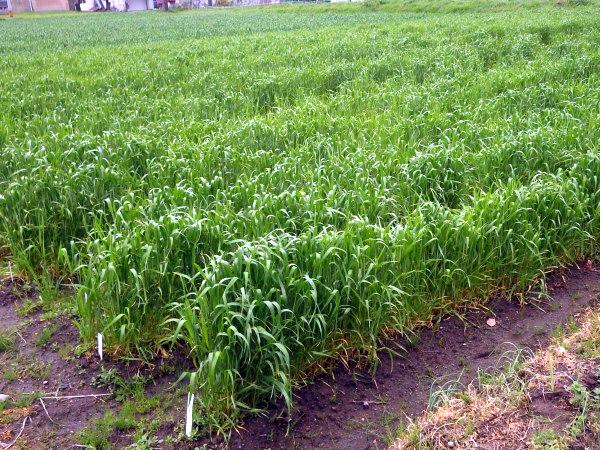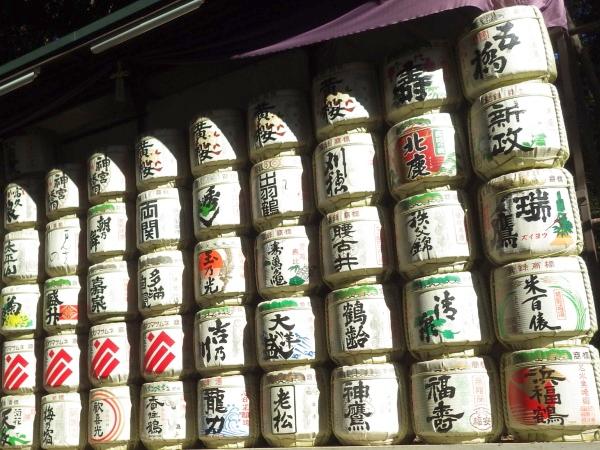(First upload on February 13 2010. Last on June 4 2025) [ 日本語 | English ]
Mount Usu / Sarobetsu post-mined peatland
From left: Crater basin in 1986 and 2006. Cottongrass / Daylily
Oryza L. (イネ)Ine (イネ, 稲 / コメ, 米), riceAjia-ine (アジアイネ, 亜細亜稲) Asian rice Life form: perennial grass (annual for crop) Distribution: imported to Japan in Jomon era Habitat: paddy field wetland (湿原) including paddy field is one of the major sources of methane that is a greenhouse gas Use: staple diet, sake, rice cake, etc. |
Ecotypes (生態型)var. japonica
Grain: sticky, short
= tropical-typed japonica Grain: non-sticky, long |
|
 1
1
 2
2
 3
3
[1] a paddy field near Kita-Yuzawa Spar on August 25 2010. Hokkaido is the northern limit of rice production in Japan. Paddy field is one of the major sources of methane production. [2] at a paddy field for conserving the gene resources of rice at Kagoshima University on March 18 2015. [3] a bunch of rice shoots in a pot, seen at Seoul, the capital city of Korea, on September 12 2012. (and the year of rice.) The boughs that bear most, hang lowest.
| Cultivation stories (栽培に纏わる話) | |
|---|---|
|
glutinous rice or sticky rice (糯米) non-glutinous rice or regular rice (粳米) |
|
Rice stories (イネに纏わる話) |
|
 Barrels of Sake Wrapped in Straw (奉献 清酒菰樽)
Barrels of Sake Wrapped in Straw (奉献 清酒菰樽)During the Meiji Era, Emperor Meiji, whose divine soul is enshrined here at Meiji Jingu, led the industrial growth and modernization of Japan by encouraging various industries and supporting technological develoment. Due to their grace and virtue, Emperor Meiji and his consort, Empress Shoken, the beloved mother of our nation whose soul is also enshrined here, are held in the highest esteem by the Japanese people. |
These sake barrels are offered every year to the enshrined deities by members of the Meiji Jingu Zenkoku Shuzo Keiseikai (Meiji Jingu Nationwide Sake Brewers Association) including Kotokai, which as made offerings of sake for generations, as well as other sake brewers around Japan wishing to show their deep respect for the souls of Emperor Meiji and Empress Shoken. In addition to stating our humble gratitude to all of the brewers who have so graciously donated their sake, we also pray for the continuous prosperity of the sake brewing industry and all the other industries maintaining Japan's traditional culture. At Meiji Jingu Shrine on November 14 2014 |
| Sake stories (酒に纏わる話) | |
|
Def. Japanese sake (酒): a traditional alcoholic beverage made from fermented rice
brewed using water, rice, yeast and koji (麹) Historylate 3rd C: Records of the Wa People (魏志東夷伝)
in Records of the Three Kingdoms (三国志)
"The people enjoy drinking alcohol." 1116 Beishan Wine Classic(北山酒経) by Zhu Gong (朱肱): brewage
making koji (a fermentation starter), developing yeast mash, fermentation techniques, quality control in brewing |
Sake brewing process (製造工程)
MaturationCulture: deep cultural significance in Japan
Ex. rituals, celebrations and daily life
flavor: from dry to sweet, light to rich, depending on factors like rice polishing, brewing techniques and aging |